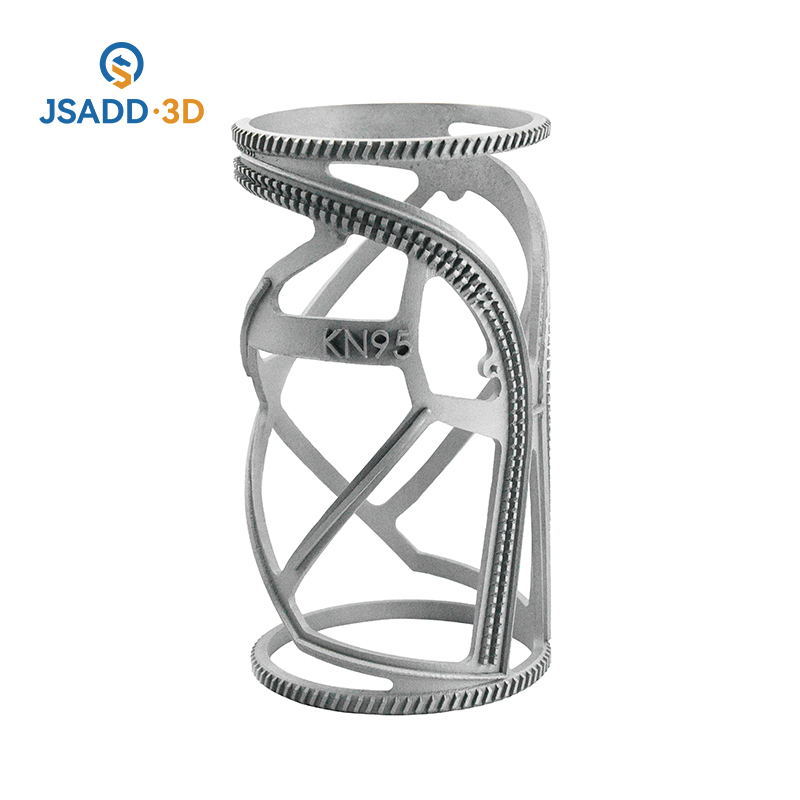Available Post-processing for Vacuum Casting
Vacuum molding means making a silicone mold of the product prototype under vacuum conditions, and using the mold to cast (PU, transparent PU, POM-like, ABS) and other materials under vacuum to form a replica that is the same as the product prototype. The strength and hardness of materials such as ABS can be achieved, and the color can also be configured according to the customer's requirements to clone a replica that is the same as the product prototype.
Advantages of vacuum casting
1. Good mold making operability. The silicone molds after curing are all transparent or translucent, with good tensile strength, easy to cut and part.
2. The probability of processing failure is small. As long as there is no problem with the prototype, the replica will naturally not go wrong.
3.Good repeatability. The silicone used for molding has good fluidity before curing, and with vacuum degassing, it can accurately maintain the delicate structure and decoration of the model.
4.Vacuum molded prototypes also have many disadvantages, such as uneven wall thickness, parts are prone to shrinkage and deformation, because after high temperature heating and cooling, they will shrink, resulting in deformation, and the general error is about 0.2mm. In addition, vacuum molded prototypes can generally only withstand high temperatures of about 60 degrees, and are also lower in strength and hardness than CNC prototypes.
Available Post-process
1. Fine grinding
Fine grinding is a surface modification technology, which is between rough grinding and polishing, and aims to ensure that the work-piece reaches the required precision size and surface roughness before polishing. Fine grinding uses fine abrasives with multiple meshes, and applies a certain amount of pressure to the surface of the part through circular motion to achieve the required surface requirements.
2. Spray painting
Spray painting is a process of spraying liquid paint onto the surface of the workpiece through high-pressure spraying. During spraying, the liquid paint is pushed to the surface of the workpiece by compressed air through the spray gun, and then forms a uniform coating on the surface of the work-piece. The coating thickness of spray painting is thin, usually 10-50 microns, and the appearance effect is good.
3. Plastic electroplating
Plastic electroplating is a process that uses the principle of electrolysis to plate a layer of metal film on the surface of plastic products. This process improves the wear resistance, conductivity, reflectivity, corrosion resistance and aesthetics of the product.
4. Silk screen printing
Silk screen printing is a common printing technology, also known as screen printing, which is to print patterns by transmitting ink through the mesh of the screen printing mesh.
Contributor: Henry







